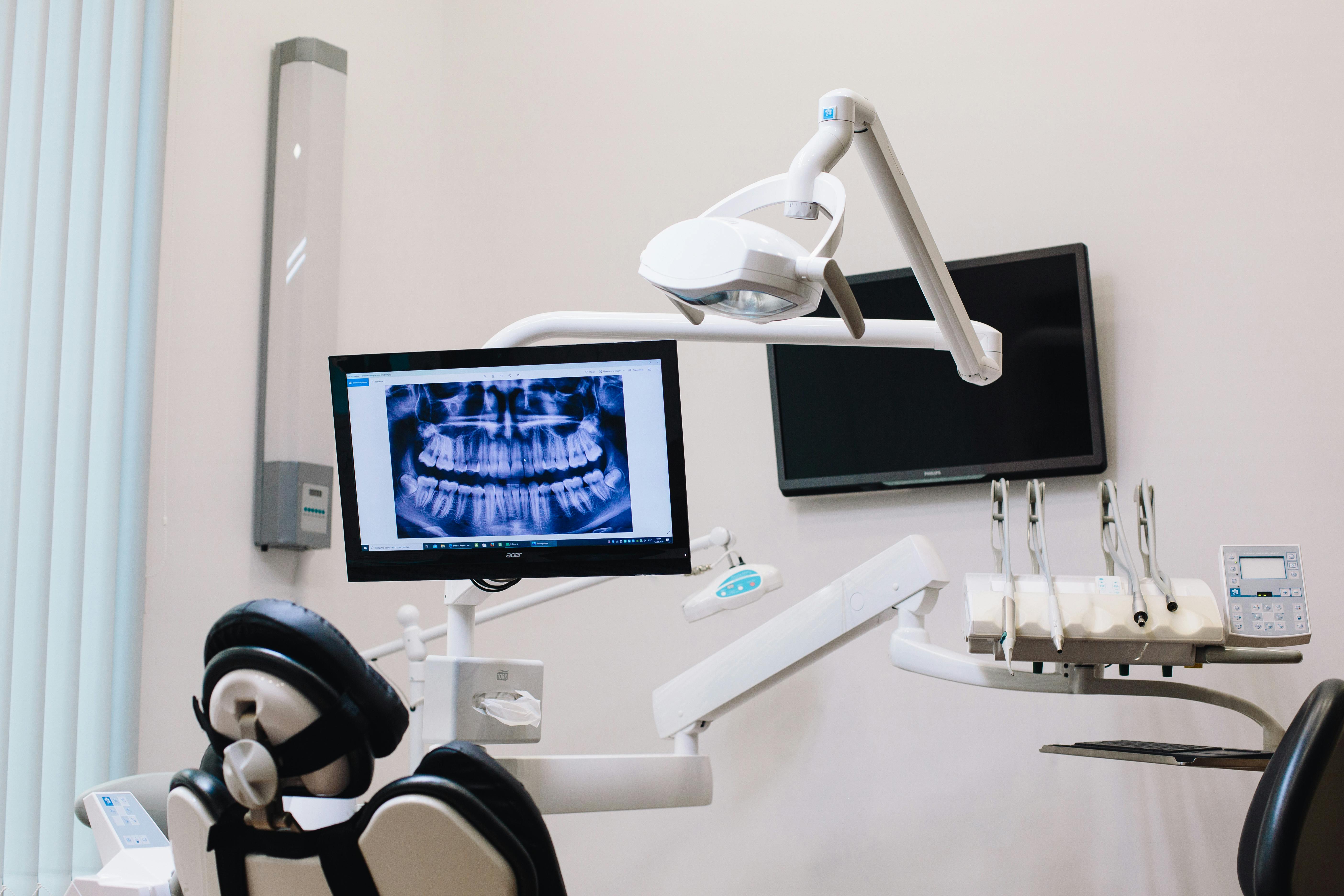Smart Healthcare Industry Chain Analysis: Core Segments and Future Trends in Medical Device Manufacturing
Smart Healthcare has emerged as a key driver of transformation in the global medical industry. At its core, it integrates medical devices, information technology, and data analytics to enhance diagnostic accuracy, treatment efficiency, and real-time health management. The medical device manufacturing value chain not only covers the design and production of precision equipment but also involves sensing technologies, materials engineering, hardware–software integration, and clinical applications—forming a highly specialized and cross-disciplinary ecosystem.
Published: Aug 22, 2025

Photo by https://www.pexels.com/zh-tw/photo/4687337/
Structure and Operation
Upstream suppliers determine the fundamental performance of smart medical devices. Key elements include:
- High-performance materials: Biomedical-grade metals (titanium alloys, stainless steel), polymer materials (PEEK, silicone), and nanocoatings, applied in implants and surgical instruments.
- Sensors: Biosensors, optical sensors, pressure and flow sensors, ensuring real-time monitoring of physiological data.
- Core components:Ultrasound probes, optical lenses, MEMS devices, and high-performance chips, supporting medical imaging and diagnostic systems.
- Electronics and communication modules:Bluetooth, 5G, and Wi-Fi chips, enabling real-time transmission and cloud connectivity.
Midstream: Medical Device Manufacturing and System Integration
The midstream represents the heart of the smart healthcare value chain, covering equipment design, manufacturing, and smart system integration:
- Medical imaging equipment: MRI, CT, ultrasound, and endoscopes, enhanced with AI algorithms to improve image recognition.
- Diagnostic and monitoring devices:Smart blood pressure monitors, wearable devices, and ECG systems, supporting telemedicine.
- Surgical and therapeutic equipment:Robotic surgical systems, laser therapy instruments, and radiotherapy accelerators, driving minimally invasive and precision medicine.
- Smart ward solutions: IoT-enabled monitoring systems, smart hospital beds, and automated drug delivery devices, improving clinical management efficiency.
Downstream: Clinical Applications and Data Services
The downstream segment showcases the ultimate value of smart healthcare, focusing on clinical practice and the data ecosystem:
- Hospitals and clinics: Leveraging smart devices to enhance diagnostic accuracy and shorten treatment times.
- Telemedicine and home healthcare: Combining wearables with cloud platforms to improve chronic disease management and elderly care.
- Medical big data and AI analytics:Transforming clinical data into disease prediction, drug recommendations, and personalized health solutions.
- Insurance and health management providers:Using data to support risk assessment and personalized insurance services.
Industry Growth Drivers
The evolution of the smart healthcare value chain is propelled by several key trends:
- Digital transformation:Deep integration of medical equipment with IoT, cloud, and big data, creating a complete data loop.
- Precision medicine:Driven by genetic testing and AI analytics, enabling personalized treatment solutions.
- Telemedicine expansion:Post-pandemic demand surge fueling the adoption of portable diagnostic and monitoring devices.
- Regulation and standards:Compliance with ISO 13485, FDA, and CE certifications raising the entry barrier for manufacturers.
- Sustainable manufacturing:Adoption of eco-friendly materials and low-energy processes shaping the next generation of medical devices.
Conclusion
The smart healthcare industry chain—from materials and sensors to device manufacturing and clinical applications—constitutes a high-tech, high-barrier ecosystem with strong growth potential. With the continuous advancement of AI, 5G, cloud computing, and precision medicine, future medical devices will not only serve as diagnostic and therapeutic tools but also act as critical nodes in the healthcare data ecosystem, propelling global healthcare systems toward greater intelligence and sustainability.
Published by Aug 22, 2025












.jpg)
.jpg)
.jpg)